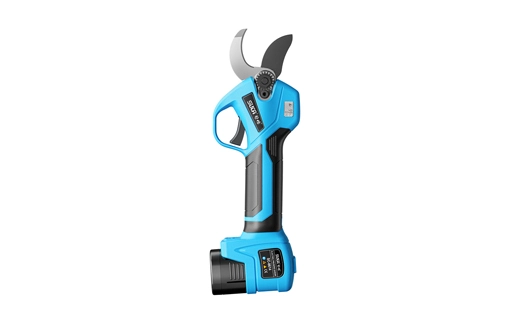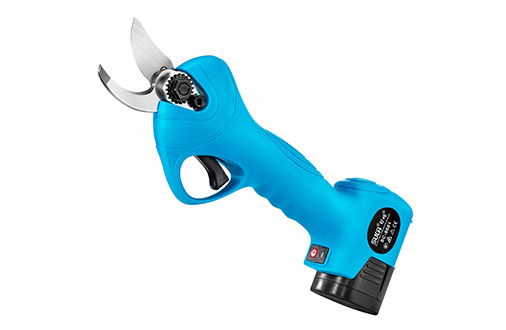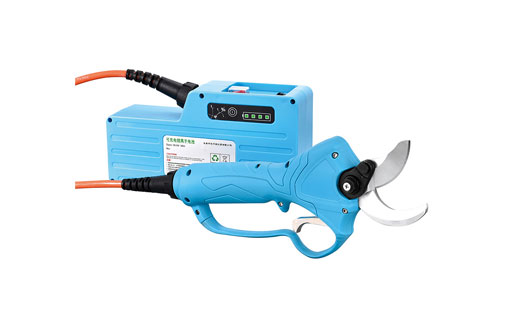Positive Effects of Grafting Technology on Trees
In grafting technology, the plant that serves as the "base" and receives other plants is called the "rootstock" or "stock," while the plant that is grafted onto the "base" is called the "scion." The plant that serves as the "scion" object generally has 2 to 4 buds, and after grafting, it forms the top or upper part of the "stock," which then serves as the root. Tree grafting tools use the unique wound healing ability of plants to form a corresponding "formation layer" between two corresponding wounds. As cells grow to heal the wounds, the two surfaces are tightly connected to form a connected vascular tissue, which then becomes a single entity.
Tree grafting technology can increase crop yields
Grafting between plants of the same species but different maturity periods can double the yield. For example, in fruit trees, if early-maturing plants are used as the "scion" and late-maturing plants are used as the "rootstock" for grafting, the fruit trees' ripening time can be greatly shortened, and the fruit's yield can be much higher than the original variety.
Tree grafting technology can improve tree resistance to disease
Grafting between a high-yielding plant with poor disease resistance and a highly disease-resistant plant with low yield can increase the ability to resist pests and diseases while maintaining the original high-yield characteristics.
Tree grafting technology can improve tree survival in cold temperatures
Grafting with tree grafting tools between the same type of trees at different altitudes, high-altitude trees have the characteristics of cold resistance and frost tolerance. Low-altitude trees can acquire the ability to survive in low temperature environments through grafting of new fruit trees, allowing them to grow naturally and increase their survival rate in environments with large temperature fluctuations.
Tree grafting technology solves the problem of reproducing "seedless" fruit trees
Some fruit trees do not produce seeds due to their growth characteristics, such as citrus and persimmon trees, which greatly affects their own reproduction. Using tree grafting tools to graft "seedless" fruit trees onto normal fruit trees, the newly cultivated fruit trees can both maintain the characteristics of the original scion fruit tree and fully embody the characteristics of the rootstock, such as early results, cold tolerance, drought tolerance, and resistance to pests and diseases. It also improves the utilization of the stock and increases the number of fruit trees.
Tree grafting technology can save trees that have suffered trunk damage
Some trees may suffer trunk damage due to pest and disease or accidental injury while their roots are still intact. In this case, tree grafting tools technology can be used to save trees that may die due to trunk damage, such as through "bridging".
Tree grafting technology can change tree shapes through grafting
This mainly targets certain tree species that require special shapes, such as dragon claw acacia, weeping plum, and weeping peach. By using the "claw-type” or "weeping-type” characteristics of other trees for grafting, the originally non-special-shaped trees can be transformed into different shapes.



